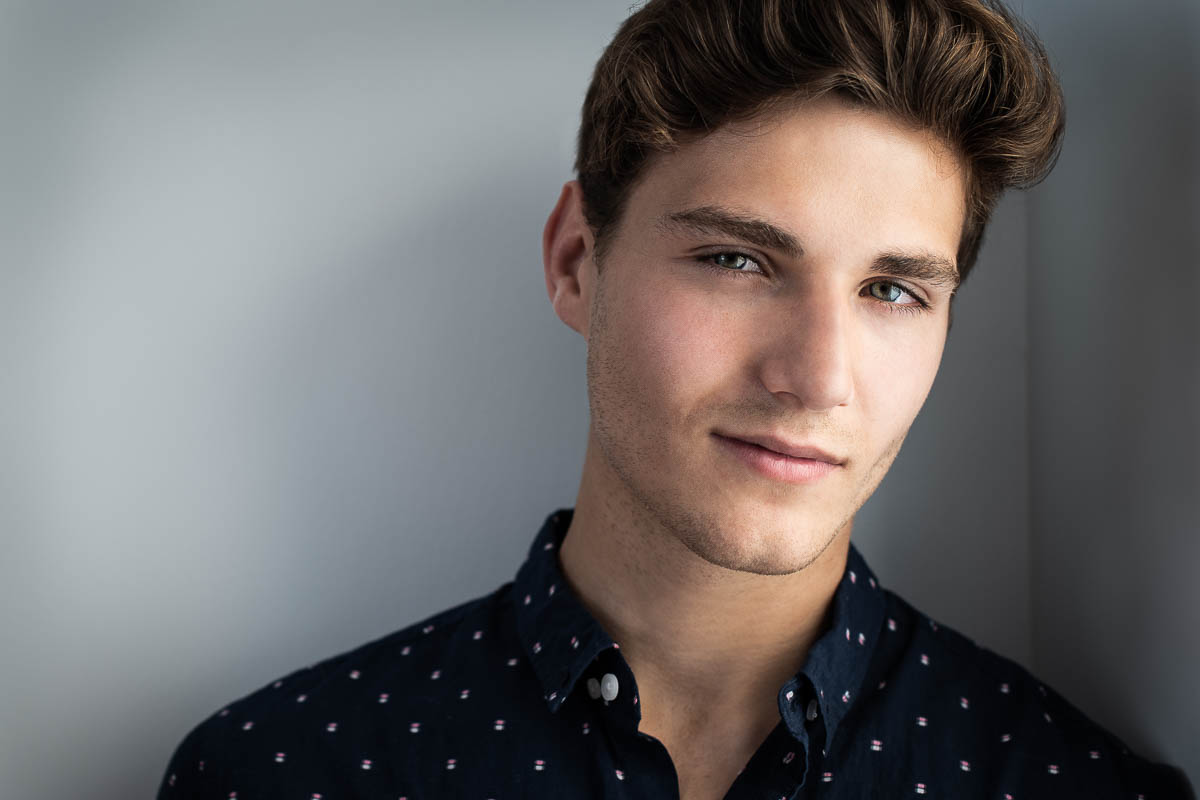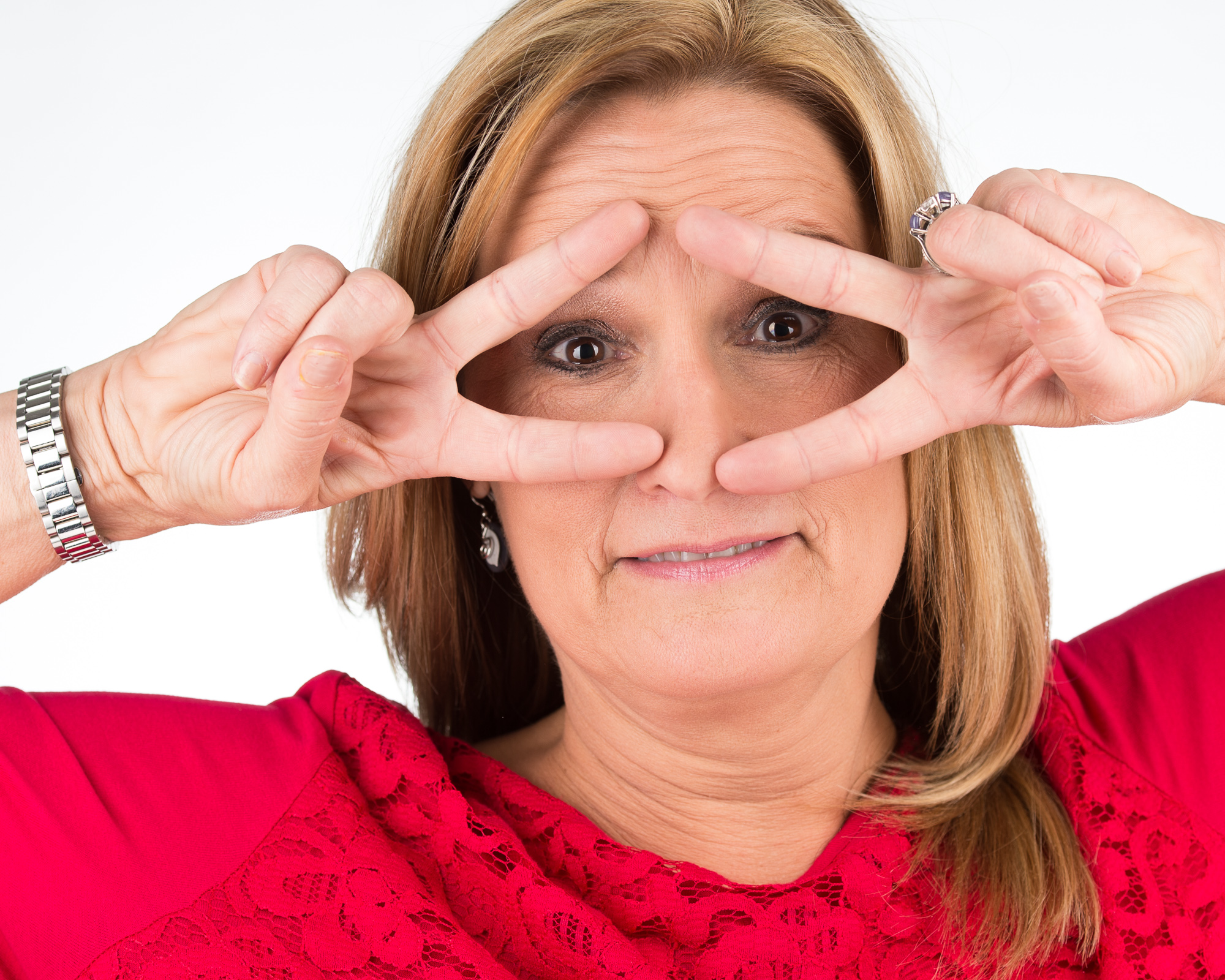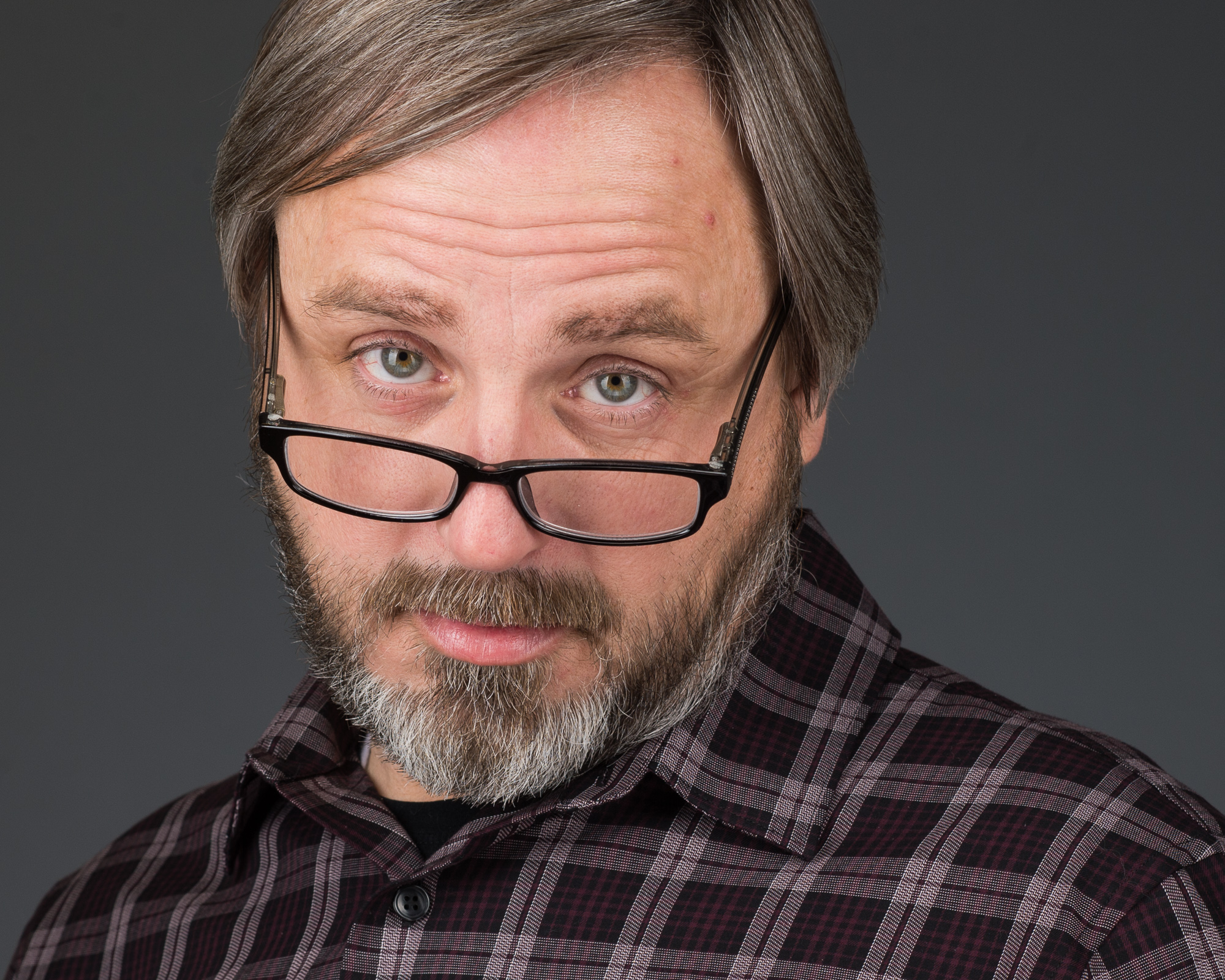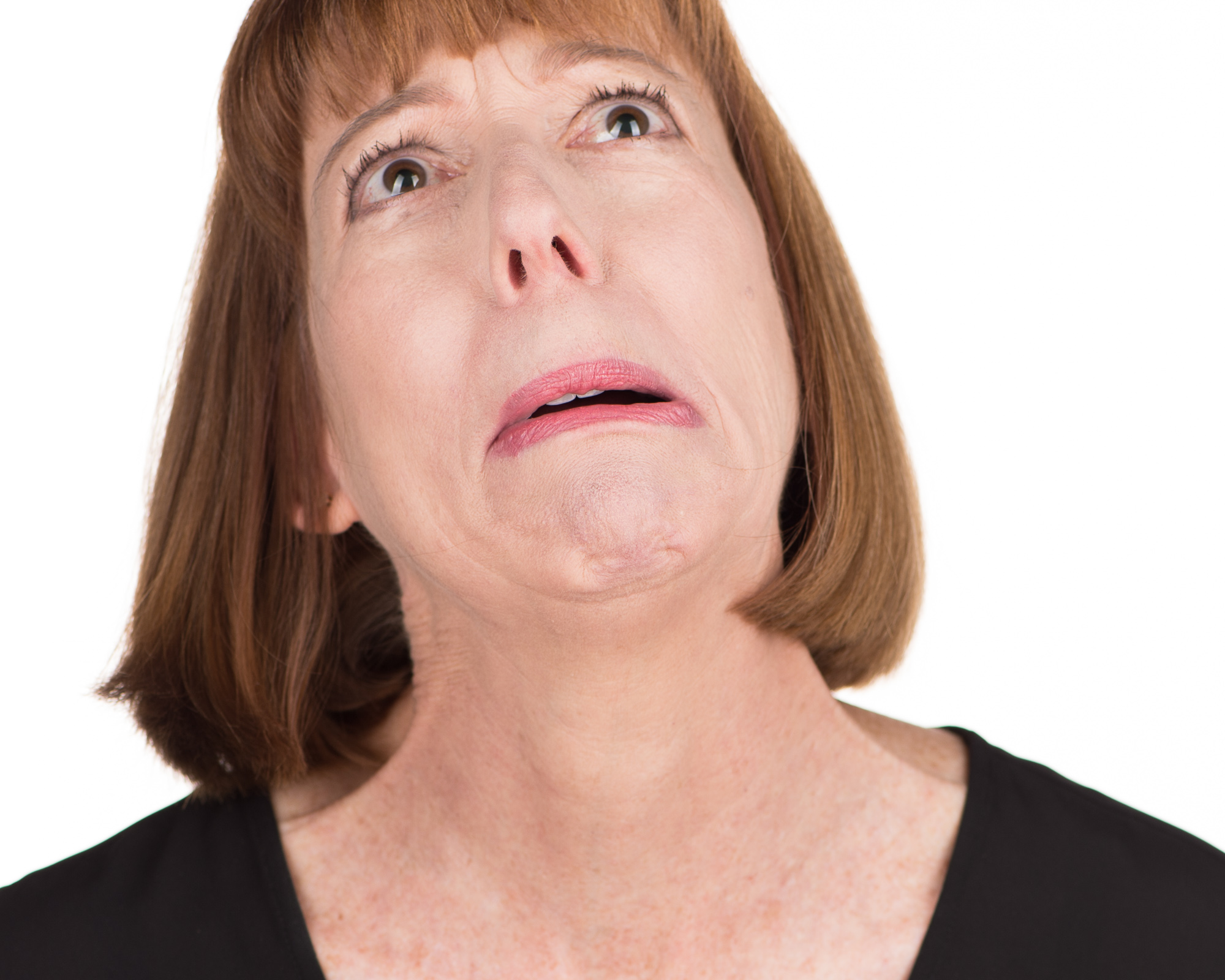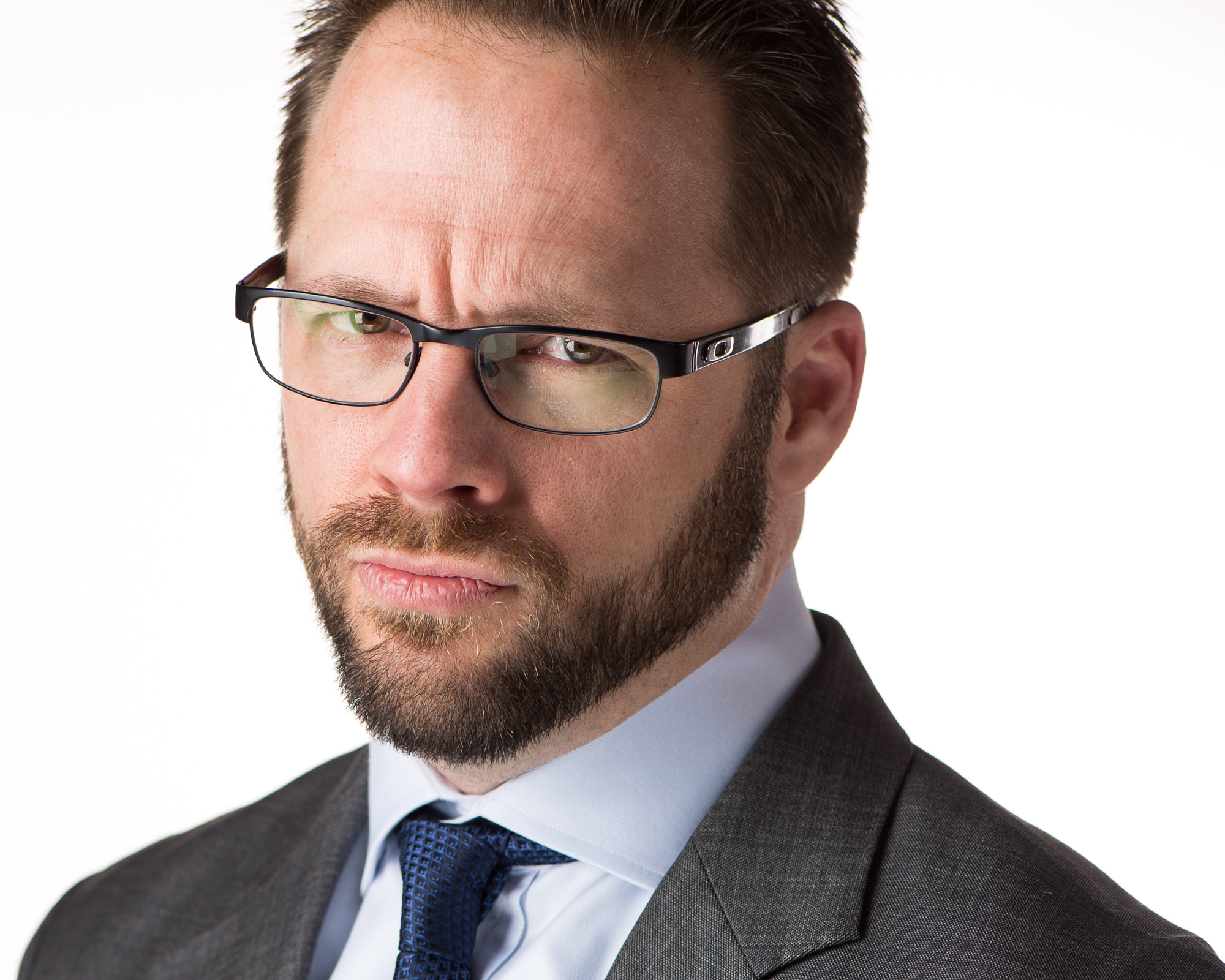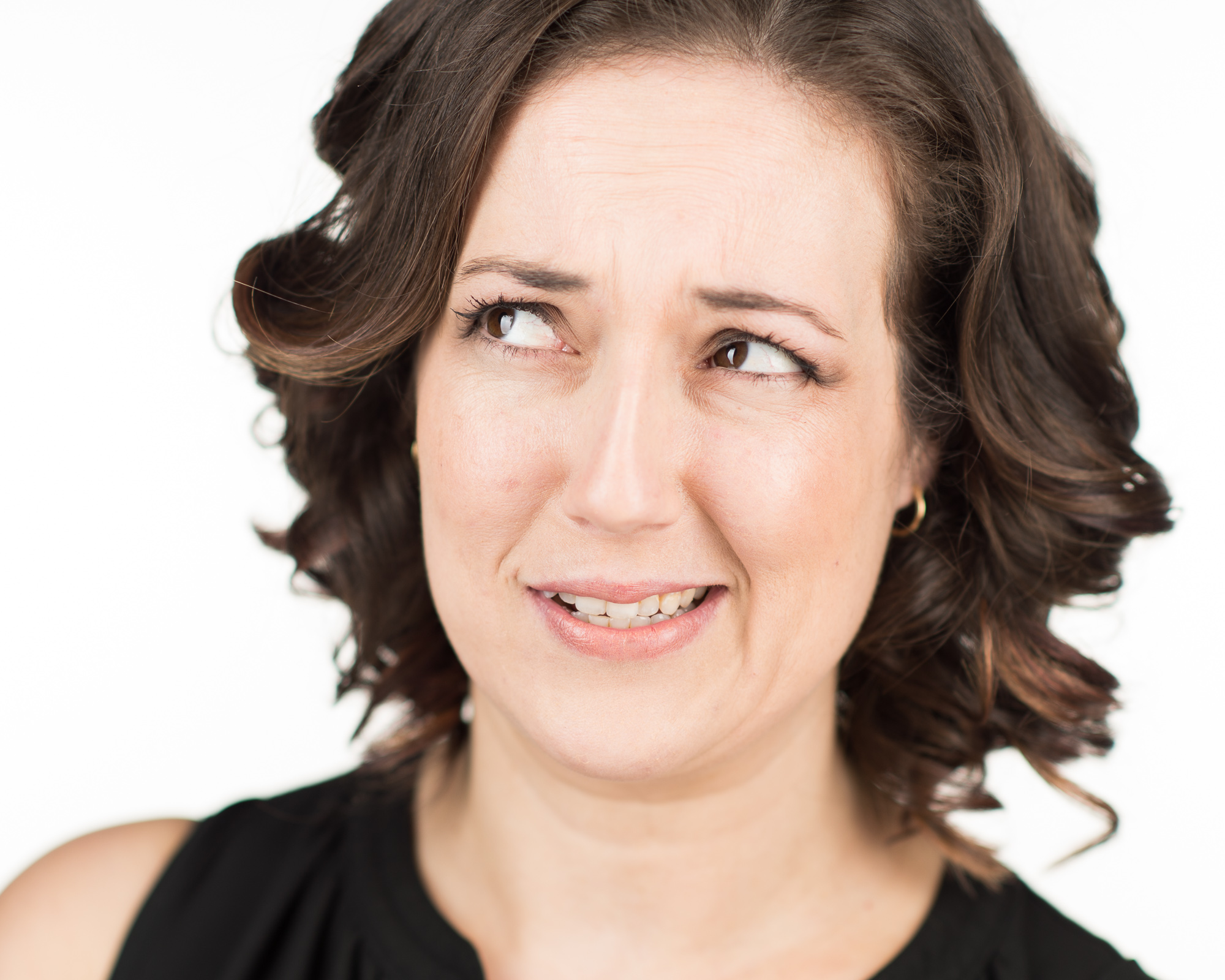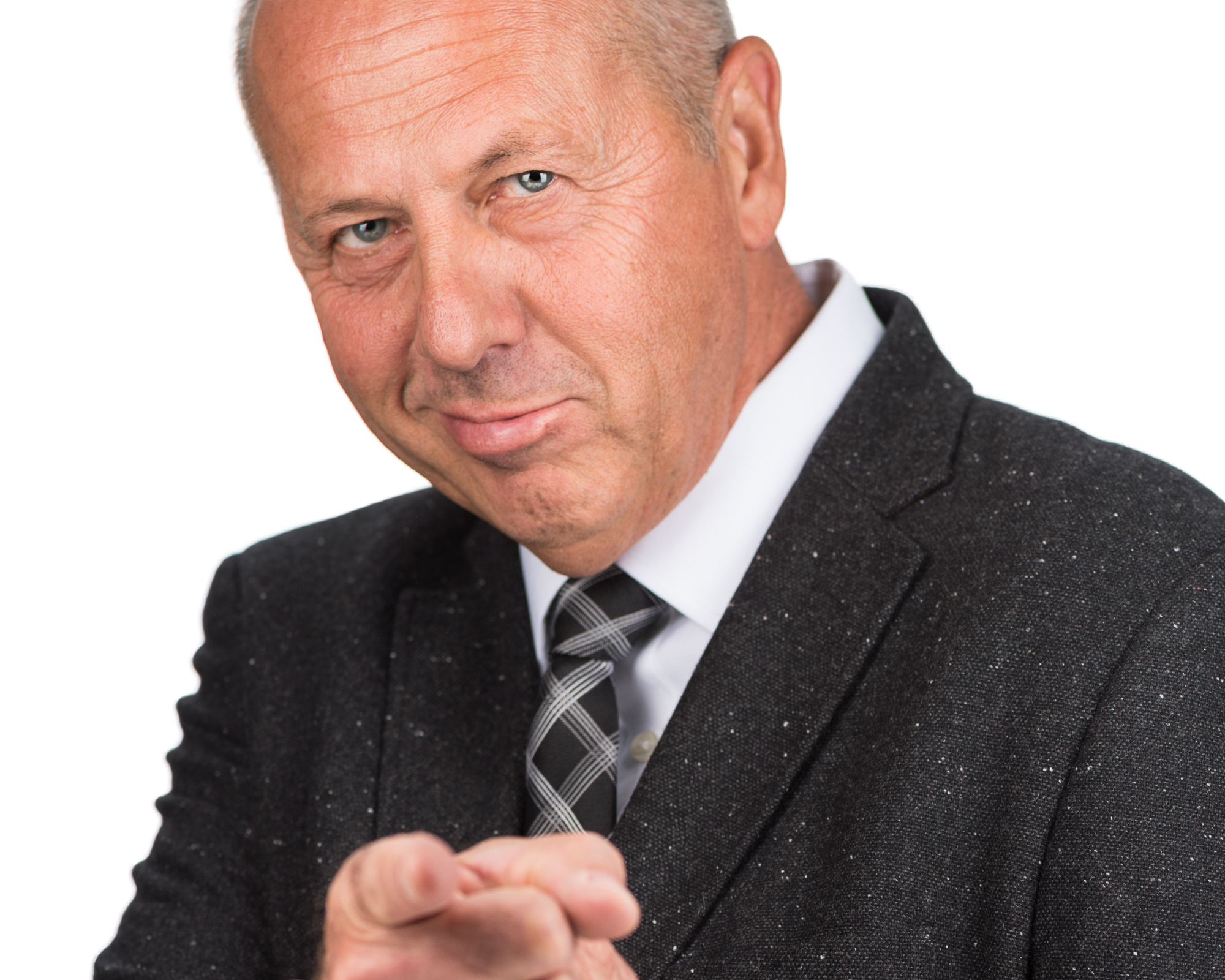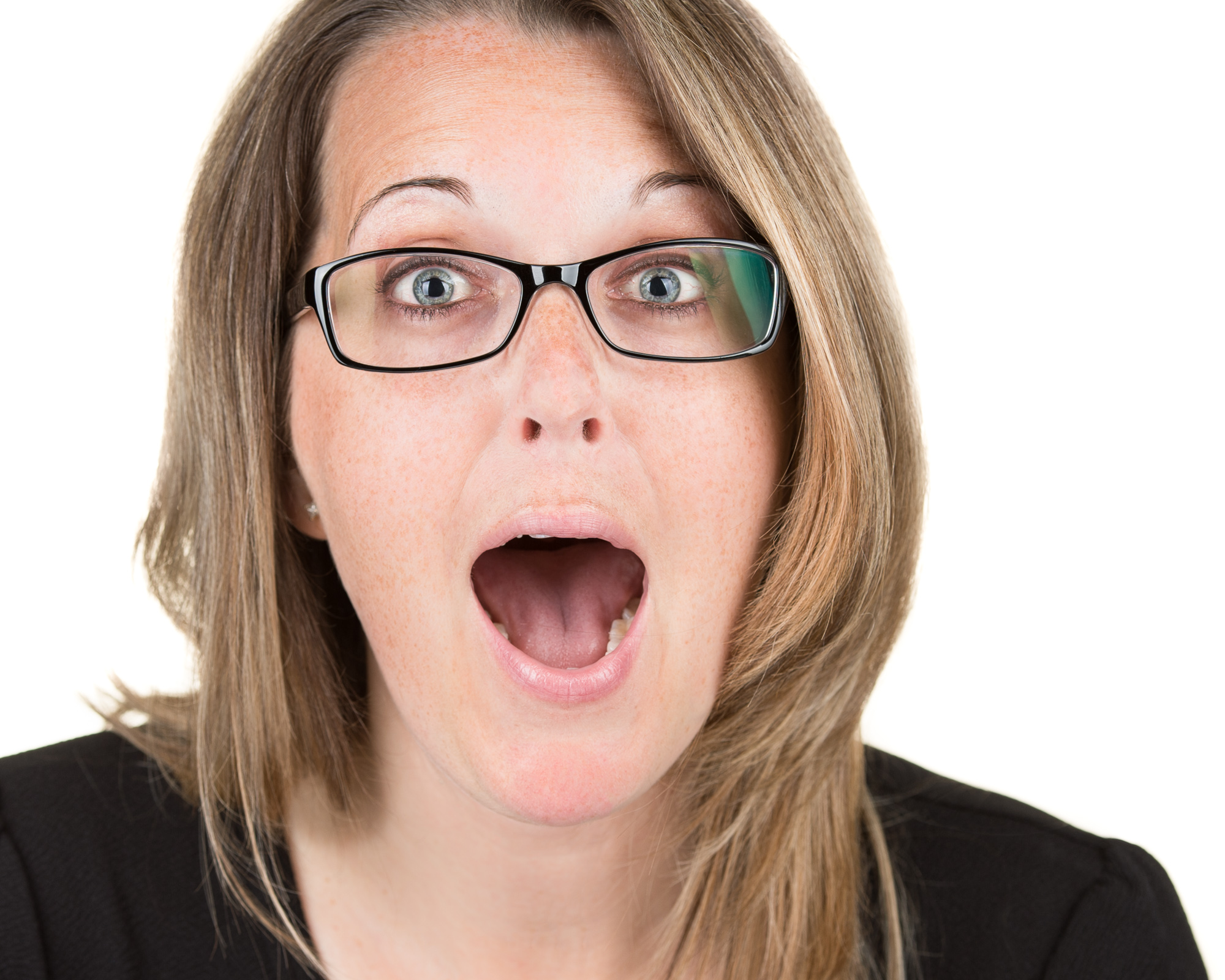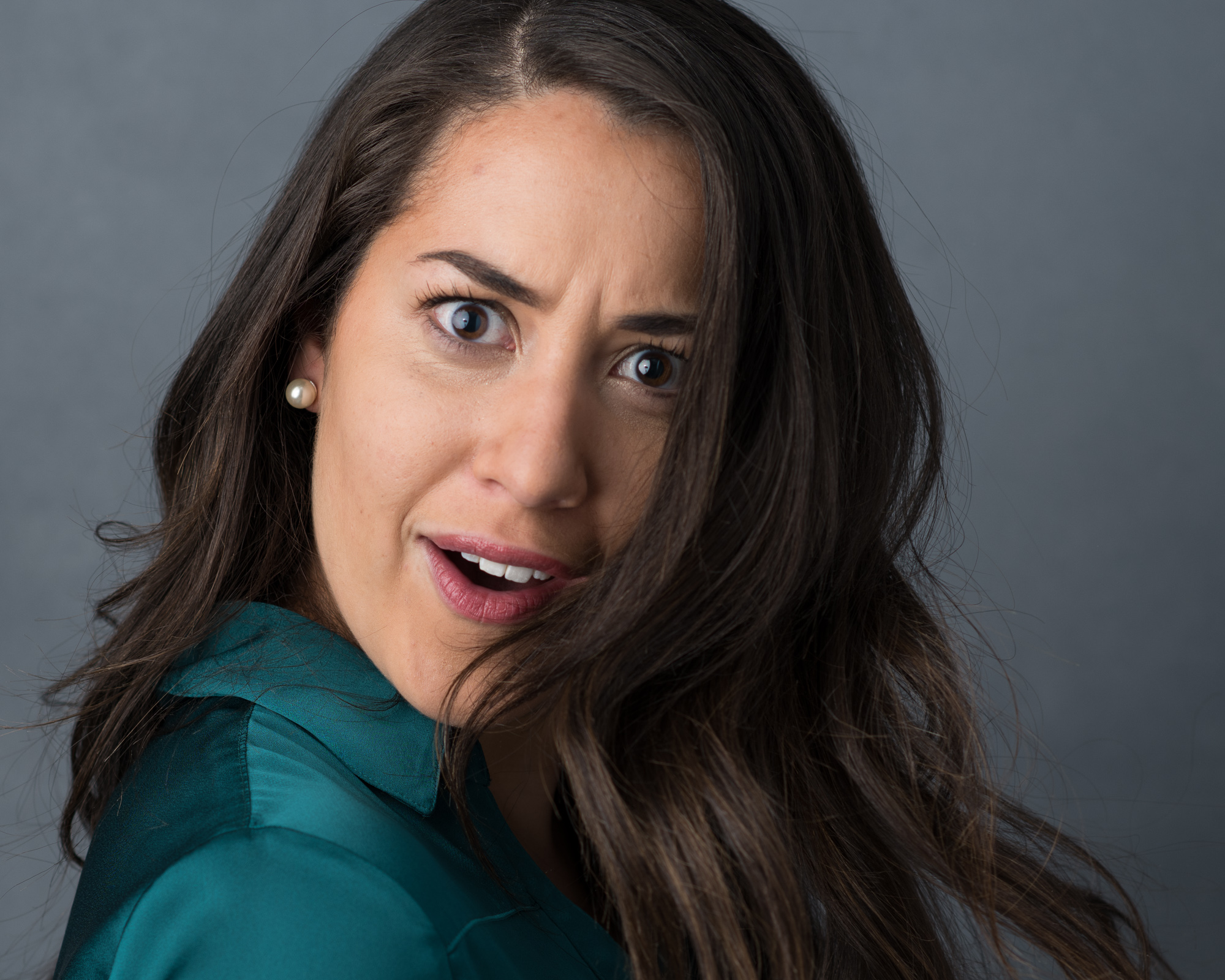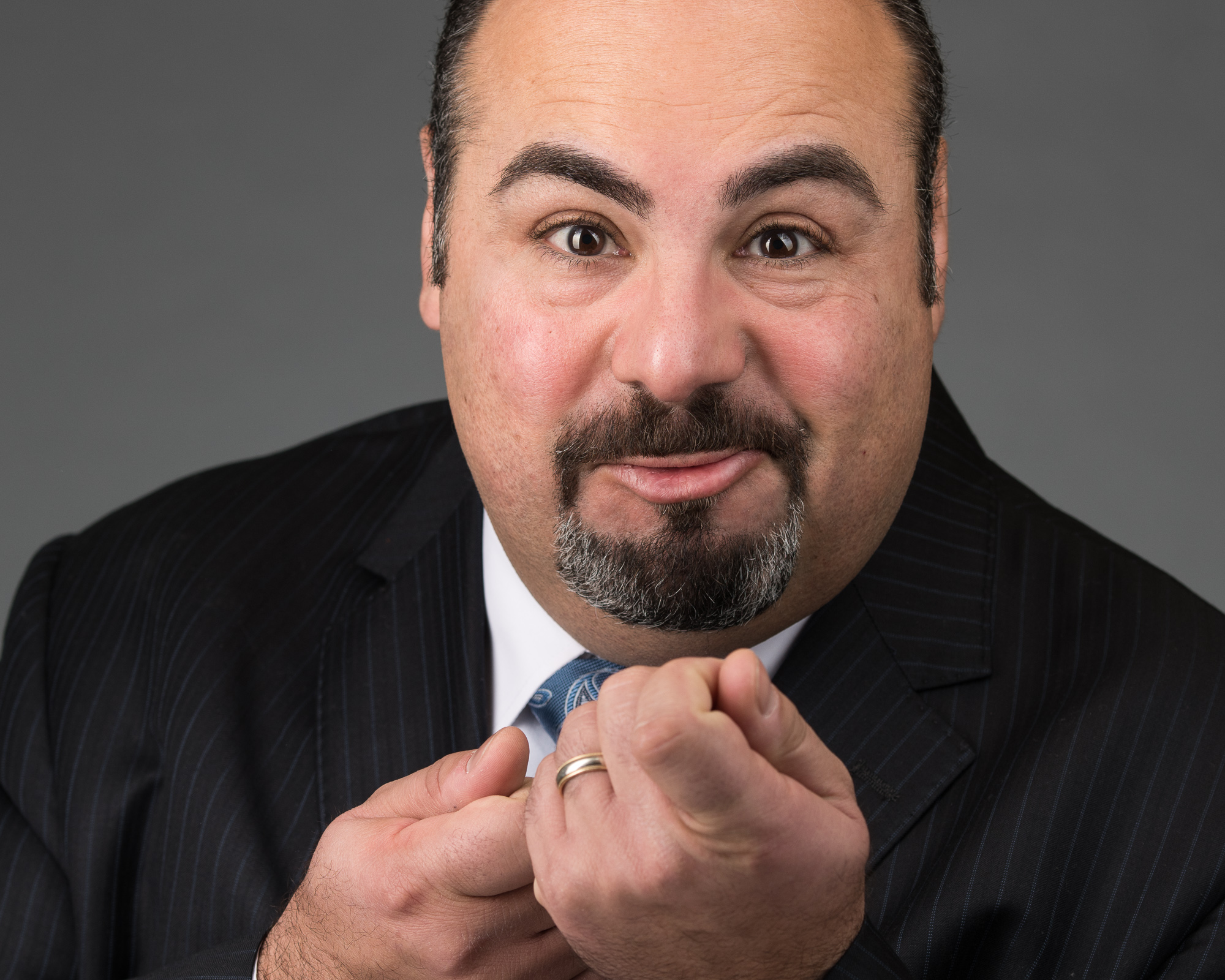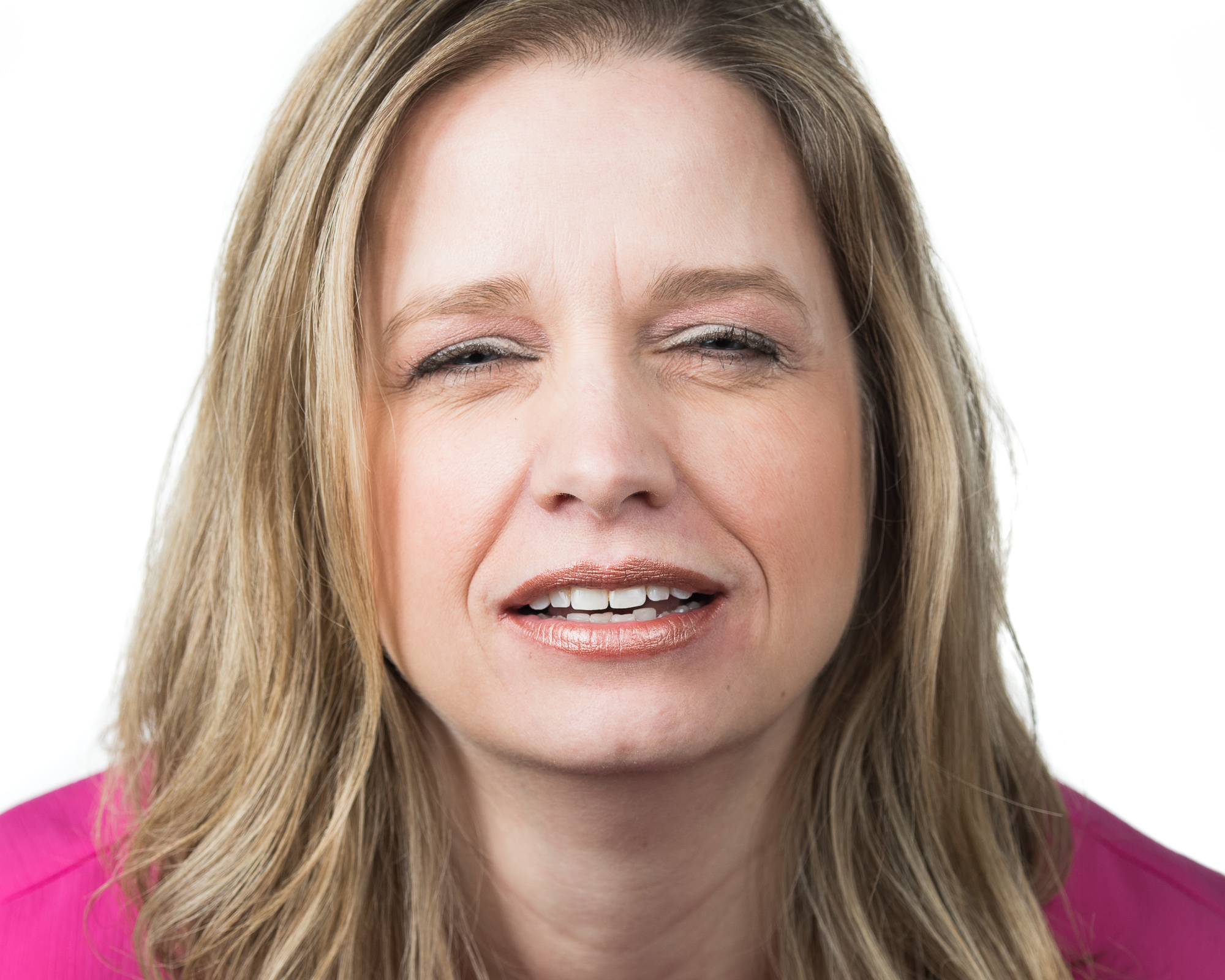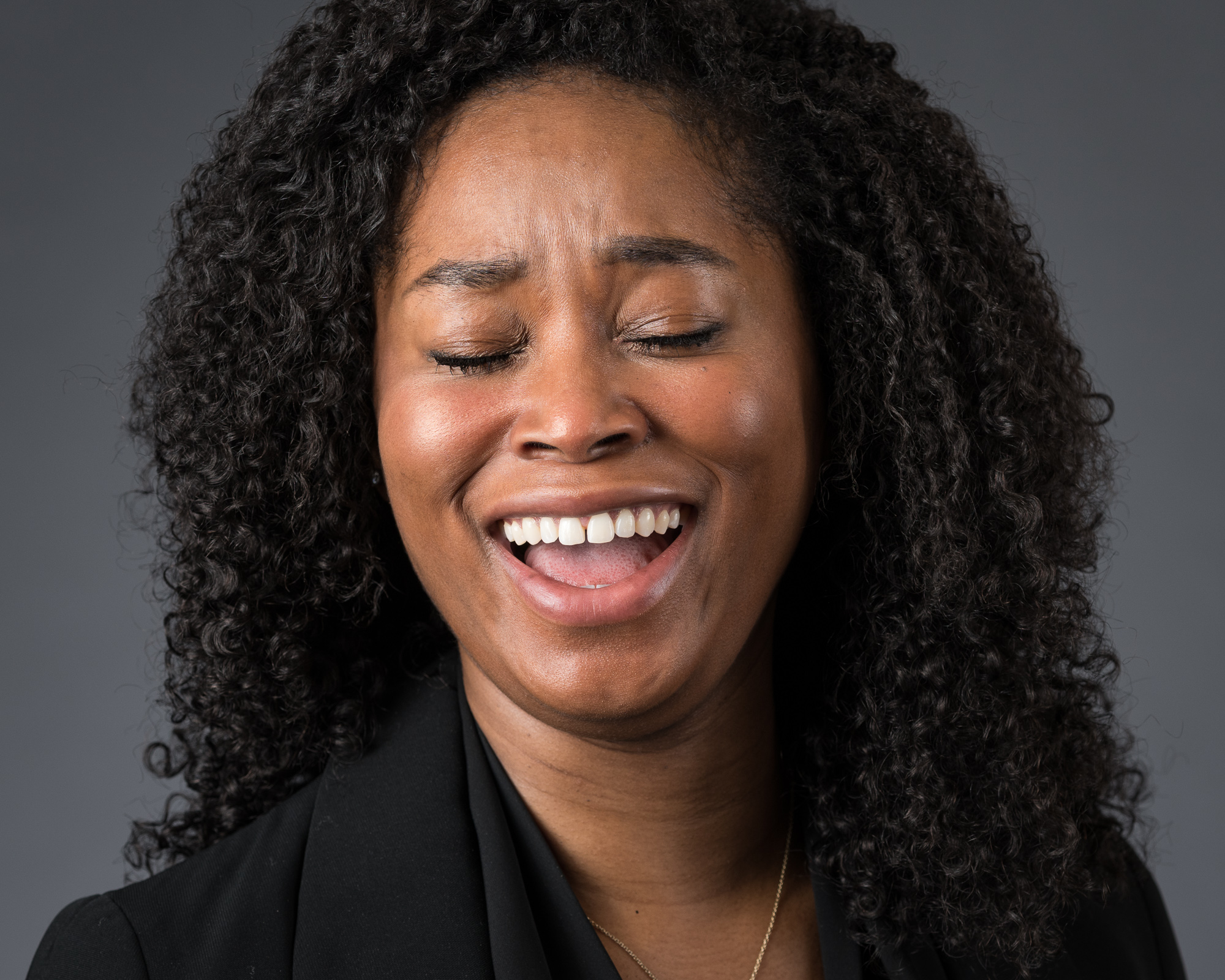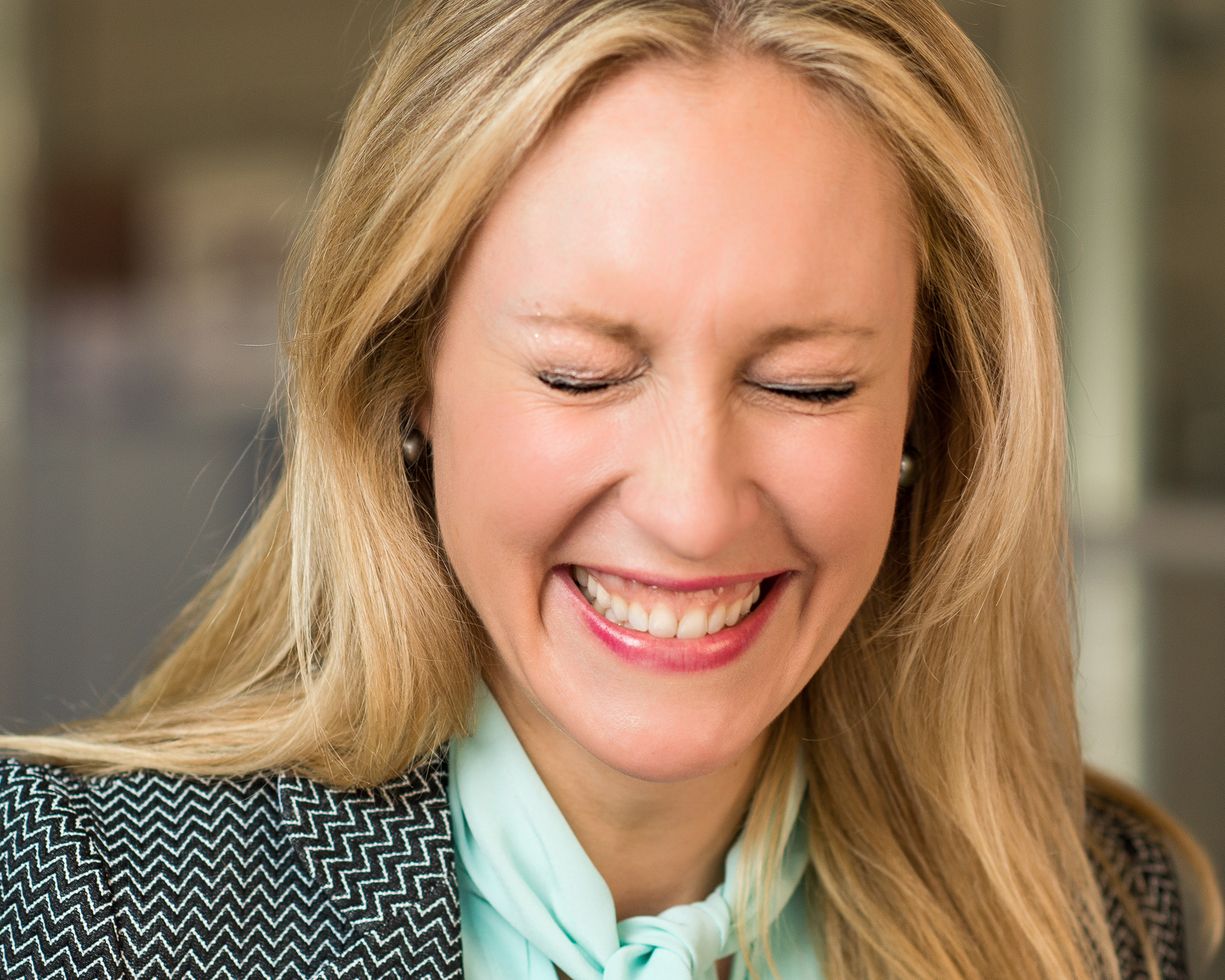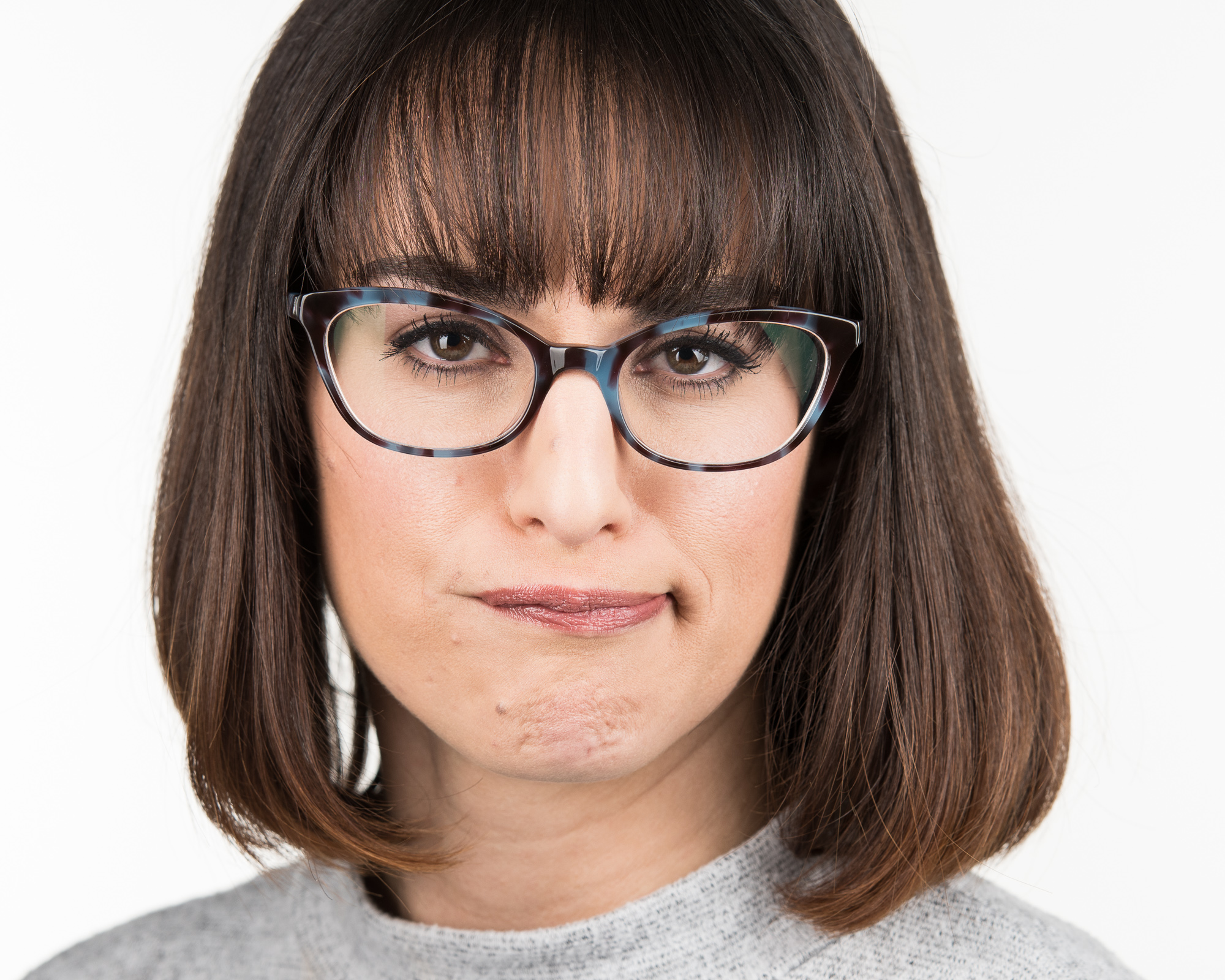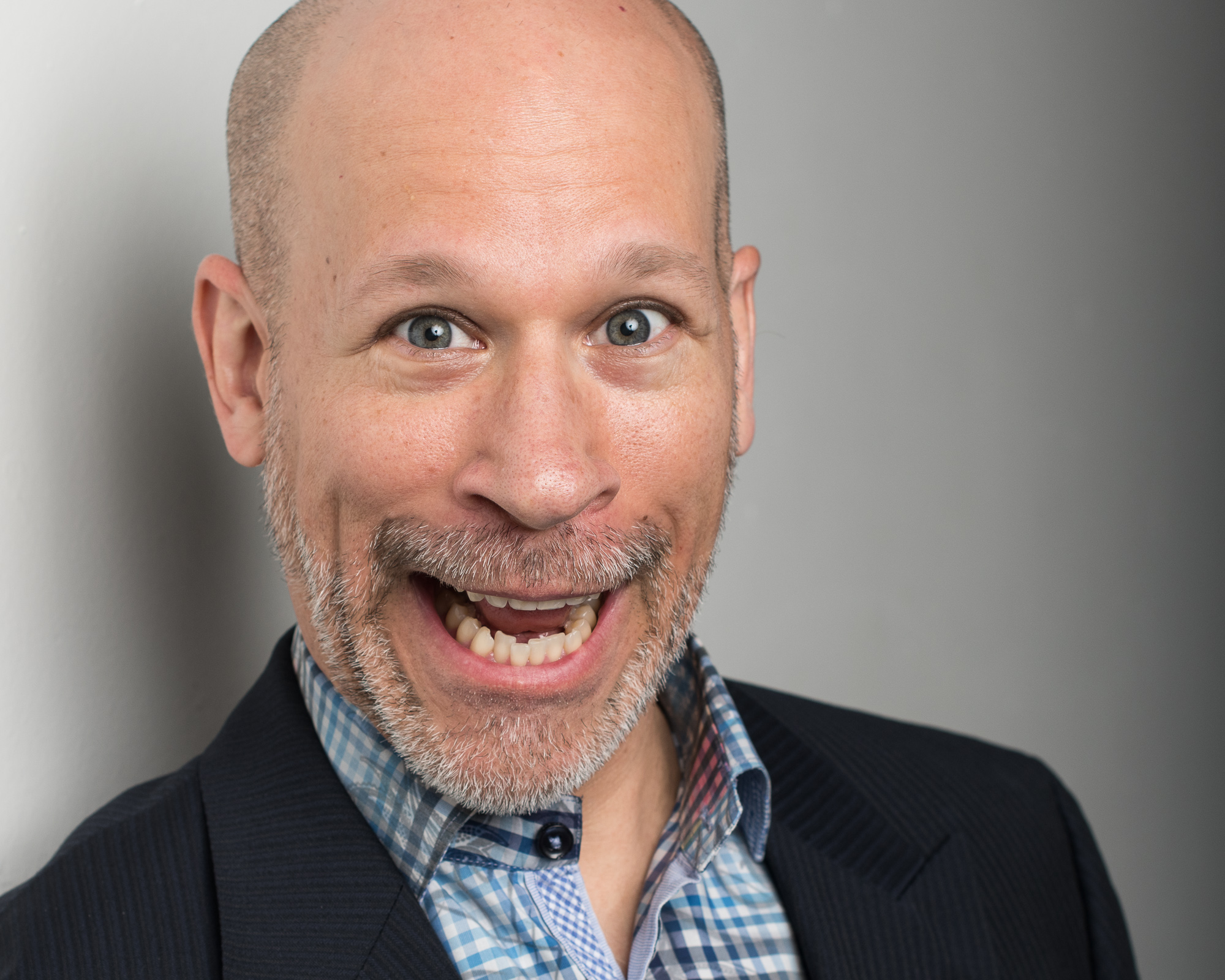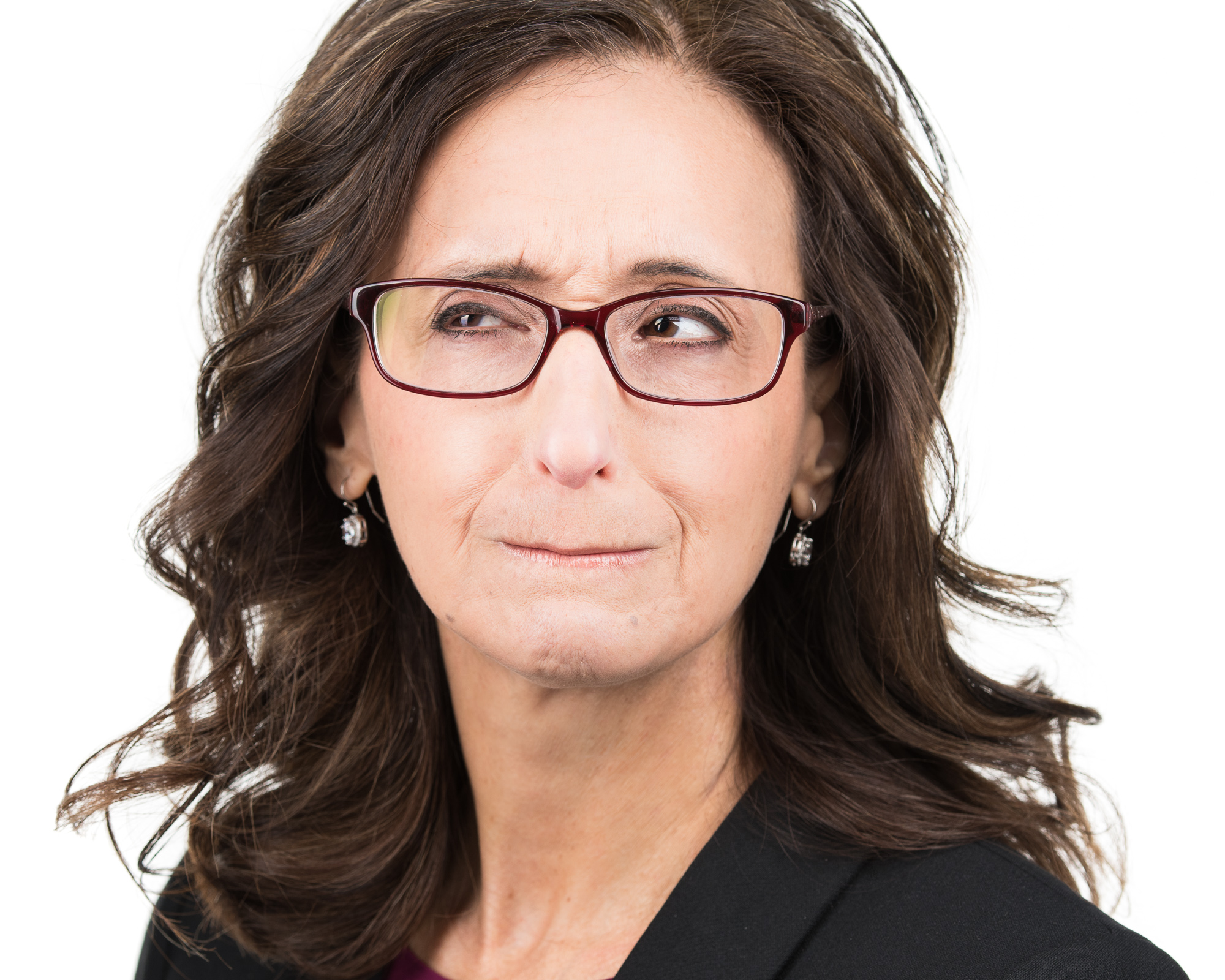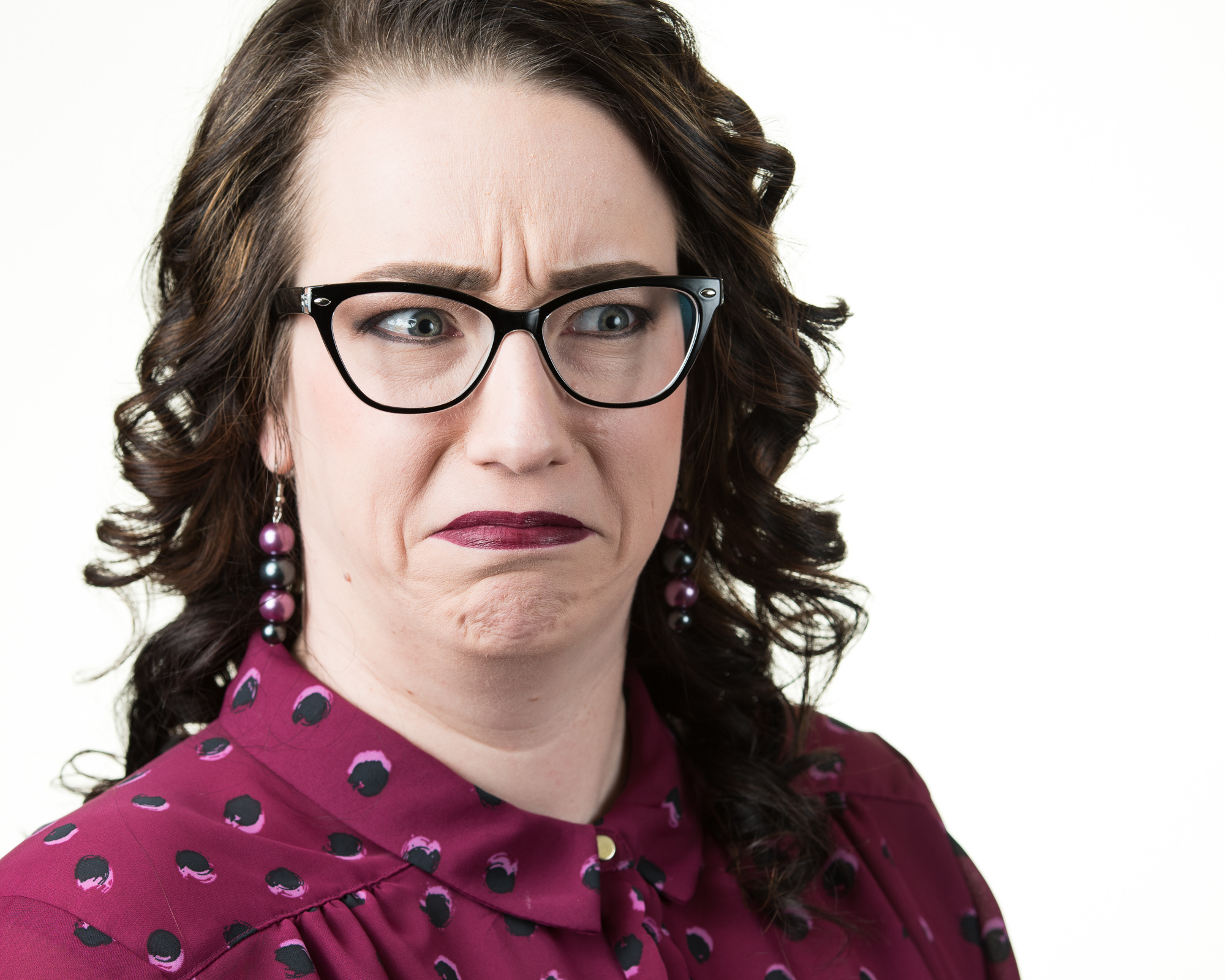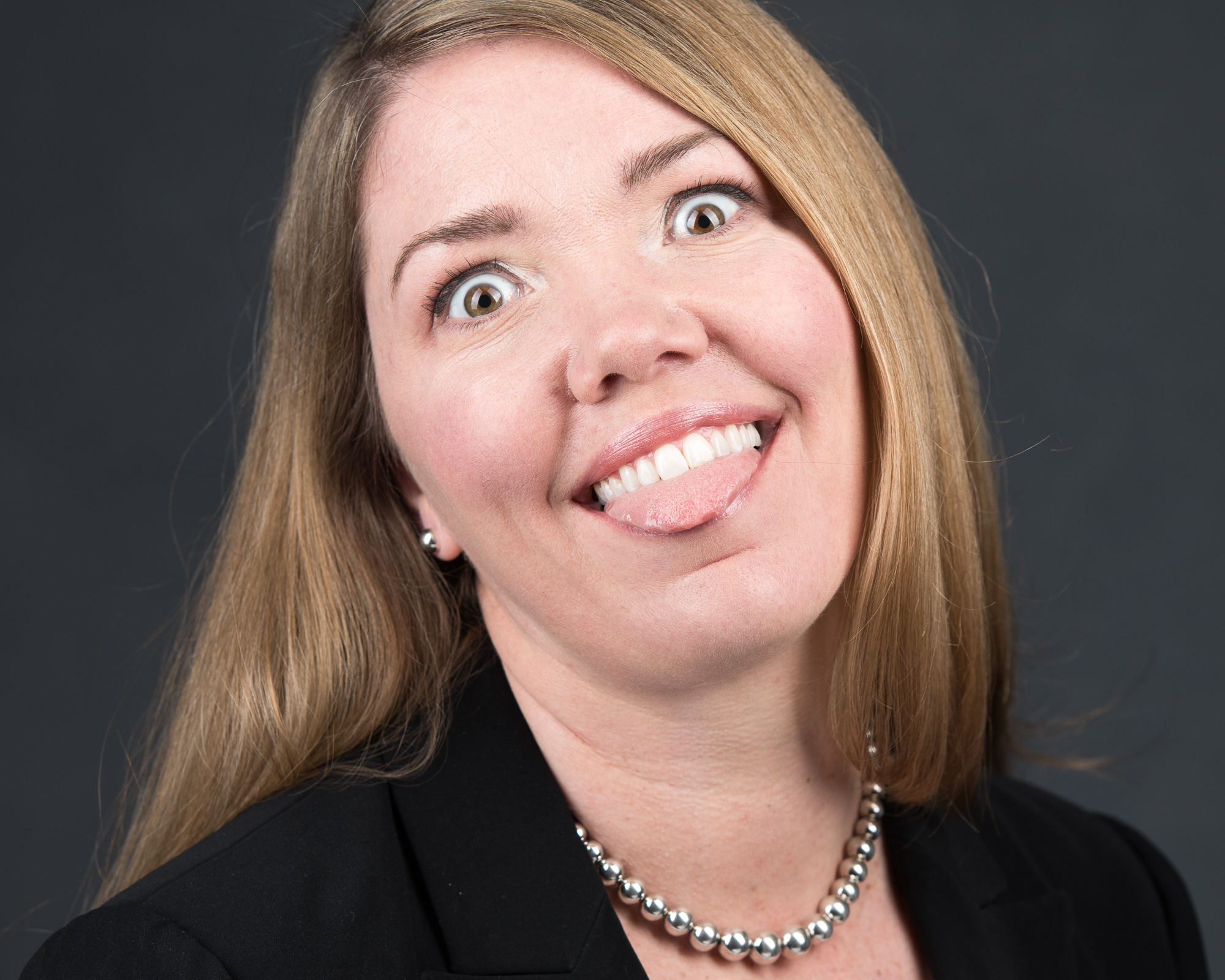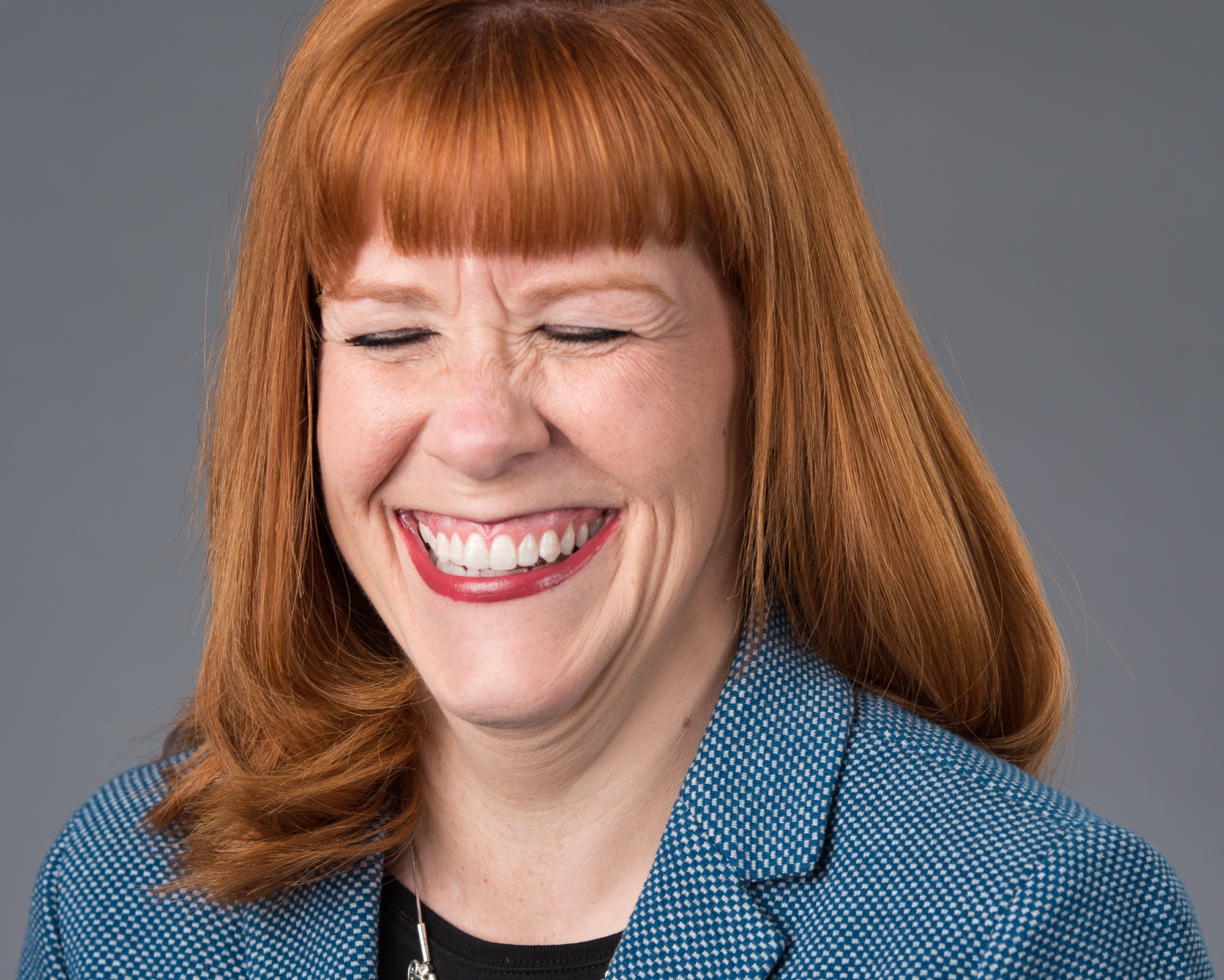Headshot Tips on YouTube
These videos will be client focused. The more content I can provide to help clients prepare for their sessions the better. I’ll cover the whole headshot process, well before and after you step into the studio.
The last few weeks, I’ve been working hard to record a handful of videos for my YouTube channel. My channel has been quiet the last few years as I settled into the Detroit photography market. But now it’s back in action!
If you run a channel, you know it’s not easy. The first challenge is getting comfortable seeing yourself on camera. Of course, I’m good with seeing myself in still images, but I’m still getting used to being on video.
Headshot tips for you
These videos will be client focused. The more content I can provide to help clients prepare for their sessions the better. I’ll cover the whole headshot process, well before and after you step into the studio.
Subscribe and send me your questions
I’d of course love it if you subscribe! Look for the next few videos to roll out over the coming weeks. And please share with your friends and colleagues.
If you have specific questions you’d like to see addressed, let me know, or leave me a comment in the first videos.
Without further delay, here’s the first video on headshot preparation tips!
What to do with your headshot outtakes?
But can the outtakes be used for anything functional? Absolutely! These images are probably your most authentic — people will connect with them (and love them on social media). If you run a small business or personal brand I challenge yourself to sprinkle a few into your marketing. After all, you are what makes your business unique. Nobody can steal you from your business.
If you haven’t had a professional headshot session, you’ll be surprised at how many times the shutter clicks. Having a couple hundred frames is not out of the question.
Why so many options?
Of course, most clients need just 2 or 3 final retouched images. Perhaps something with a formal outfit and then something a little more casual. The casual looks are great for connecting with your potential clients.
Instead of wardrobe variations, many clients like to have a serious look and then something with a big smile — it all depends on the audience you want to connect with.
Throughout your session, we’ll be working hard on this range of expressions. And sometimes that involves a goofy face or two…
Why the quirky headshot faces?
The truth is that taking you through a range of expressions with various prompts (and bad jokes) helps us get to your most authentic looks — the ones your best friends will recognize. It’s often the expression right before or after the strange face that’s the keeper. In those moments your mind tends to forget about the task at hand and your guard is down just long enough to capture the very best frames.
But can the outtakes be used for anything functional? Absolutely! These images are probably your most authentic — people will connect with them (and love them on social media). If you run a small business or personal brand I challenge yourself to sprinkle a few into your marketing. After all, you are what makes your business unique. Nobody can steal you from your business.
Outtakes in context
As an example, my friend Heidi of TheToffeeStore.com stopped in the other day. She of course makes amazing toffee, which makes a perfect corporate gift. The business is all her. Her clients keep coming back because of her. Sure the toffee is amazing, but she’s the key differentiator.
If you’d like some help make more of a presence in your business marketing, I’d love to chat.
And try the toffee, you’ll love it.
Why Photo Prints Still Matter in a Digital World
With my recent studio buildout, I really wanted to be able to offer clients robust printing services right in the comfort of the space, and now I can! I added a Canon Pro 2000 printer in the photography studio.
With my recent studio buildout, I really wanted to be able to offer clients robust printing services right in the comfort of the space, and now I can! I added a Canon Pro 2000 printer in the photography studio. It’s a beast of a machine at almost four feet wide and 300 pounds — it literally arrived on a pallet. A professional, large-format photo printer with the capability of printing 24” wide prints, the Canon Pro 2000 is fed paper on rolls instead of sheets.
But why should you, someone who likely already has an inkjet printer at home as well as a smartphone and computer, care about photo prints? After all, your iPhone can store hundreds, if not thousands, of images without any need for paper, dye, ink, or frames. And even if you do decide to hire a professional studio photographer, once you receive the digital files, you could go to a local drug store or office supply outlet for printing. What’s the difference?
I don't plan to do a ton of print volume, but I'm excited to accommodate most requests without clients having to make an additional trip to a print shop or wait a week or more for their images to be delivered by mail. No matter how technologically savvy we all become, you can’t replace the tangible gratification of a photo print, both from a visual standpoint and a tactile one. Viewing and holding a photo with a sleek matte or satin finish that’s printed on professional-grade archival paper can accentuate the image’s personality. Plus, portrait prints serve as priceless mementos.
Relying Too Heavily on Digital Photos Has Its Downsides
Digital files may be more convenient than print in a lot of ways, but there are definitely tradeoffs. If you accidentally delete/alter your files or damage your hard drive, digital images are difficult to restore without professional intervention, and sometimes not even then. Maybe you lose the password to your computer. Or you get permanently locked out of your phone after too many attempts to remember the passcode.
Media formats have also changed considerably in just the last 20 years. Do you remember the Zip drive? If not, you probably have been able to track the disappearance of physical disk drives in laptops — it’s the same idea. Connectors, cables, and storage devices are always changing. So what happens five or ten years from now when you want to access the photos you burned to a disk?
Photo Prints are Timeless Backup Strategies
Sure, photo prints are always at the mercy of the elements, but advancements in archival printing have made the risk significantly smaller than it used to be. The Canon Pro 2000, for example, uses pigment dye to produce images that will not only be striking today, but 60 years from now, too. Gone are the days when you’d have to watch your collection of family albums slowly fade and yellow; some manufacturers claim their pigment dyes can last for over a century.
The prints I can produce will last a generation or more on paper. No passwords are required to view them. No need to go hunting through your hard drive to find another image with a nonsensical string of letters as the file name. And you don’t need to worry about having the right media drive in 30 years. Printing is a tried-and-true backup strategy.
You might not have an immediate need for a print of your portrait, but your spouse, kids, or other loved ones will be glad you took the time to have it made — and eventually, it’ll become priceless.
Case in point: When my dad passed away a couple of years ago, going through his computer was tedious and painful. It was the physical prints I made (and discovered in boxes, some of which I’d never seen) that I cherish today.
Similarly, when a client of mine passed away, his family tracked me down so I could provide them with some prints. I was honored to be able to help them process their grief by producing keepsakes they can treasure and pass on forever.
As humans, we’re guided through the world by our senses, so it’s only reasonable that if you want your memories to last as long as possible, you’ll choose a medium that you can touch as well as see. Don’t take for granted everything the power of print has to offer.
“My challenge to you is to keep printing your everyday photos. Your future self will thank you.”
Regardless of your specific printer choice, my challenge to you is to keep printing your everyday photos, because it’s an amazing method of preserving precious moments in time and encouraging you to go back and relive them with the people you care about. While I’m happy to help you through that process with my studio equipment, even a simple shoebox of prints is sure to delight months or years down the road, often when you’d least expect it.
How to Pick the Right Dating Profile Photo
These days it’s almost impossible to find a romantic partner without wading into the turbulent waters of online dating sites. More people than ever are turning to websites like OKCupid, Match.com, and eharmony to find love, but I often see them making a major mistake before they ever send that first message: choosing the wrong profile photo.
These days it’s almost impossible to find a romantic partner without wading into the turbulent waters of online dating sites. More people than ever are turning to websites like OKCupid, Match.com, and eharmony to find love, but I often see them making a major mistake before they ever send that first message: choosing the wrong profile photo.
At first glance it might seem odd for a corporate headshot photographer to weigh in on matters of the heart and physical attraction, but honestly, the same principles that guide my work for LinkedIn and company websites images apply to creating an online dating profile. The goal is the same — to make a great first impression and leave the other party wanting to learn more.
Selfies Often Give the Wrong Impression
User-submitted photos on dating sites are often way over the top. It’s important to remember that they’re giving potential suitors their first impression of you. This impression can have life-altering consequences, for better or for worse.
The “worse” can come in many forms that anyone who uses social media regularly will probably be familiar with: There’s the shirtless guys who took selfies in their bathroom mirror; women using Snapchat filters to change their eye color, give the illusion of makeup, and add flowers or other décor that obscure their face; app screenshots from dark, poorly lit night clubs; group photos where you can’t even tell which person the profile belongs to; and so on.
Smartphone selfie cameras and their assorted software are powerful pieces of technology, but only when used responsibly. The lighting, angle, background, exposure and body language are all factors that determine how natural, authentic, and appealing you come off in your personal photos. Built-in filters and sliders can only go so far, though, and eventually, you might want to call on the expertise of a professional.
If you want to try portraying something and someone you’re not, I'm not the right photographer to offer advice. But if you want an honest and authentic portrait to represent you at your best across the internet, then read on.
Three Keys to Successful Dating Portraits
In the studio, I guide clients through a range of angles, poses, and lighting setups to find the perfect combination. Sometimes casual portraits evolve naturally from the process as we incorporate more laid-back expressions or body language. Regardless, the goal in a professional image is to help people look their best in the most authentic way possible. That requires responsible retouching, skilled posing, and a wardrobe that reflects the client’s personality. Consider these same three concepts when choosing — or photographing — your own dating profile images.
Retouching
Responsible retouching means that you must still look like you, with real skin texture. Those same filters and apps we love, along with a “Photoshop-everything” culture, have conditioned people to think it's necessary or desirable to make them look like someone they’re not. Retouching is there to make you look like the best version of yourself — like you've had the best night’s sleep in years. You shouldn’t look 20 years younger.
In a more practical sense — you must be instantly recognizable by your profile image if you meet a special someone for coffee or a drink. If your image fails that test for any reason, it's time for a new picture, and possibly even a new approach.
Can we still do some slimming and trimming of the human form? Sure! A little tucking and shaping is very doable and definitely makes a big difference. A good photographer will (respectfully) let you know when it's time to stop, and why.
Posing
If you're serious about meeting someone, you've gotta be comfortable showing your full self. I love a tight headshot, but consider including images in maybe a 3/4 portrait look, too.
Lifestyle and beauty platforms have filled pop culture with all sorts of do’s and don’ts in terms of poses. Posing is one of the most challenging pieces to people photography. Great posing takes refined direction from the photographer. As the subject, you’ll likely feel odd or even uncomfortable, but will look effortless in the final image.
Women often pass along tips to take high-angle shots to hide double chins or make their eyes appear larger and more doe-like. But did you know this technique instantly puts you in a position of weakness?
Facial expressions are just as important when it comes to posing. Have you heard of the squinch?
Wardrobe
Dressy or casual? It’s up to you. There’s nothing wrong with a sport coat or being a little dressy. I don't think you need to go too formal, though. Wear what reflects your personality — what you’re most comfortable in. Remember, we’re trying to emphasize the parts of you that you already love, not try to create a whole new persona. Check out my FAQ page for more specific advice.
Selecting the Right Background for Your Portrait
Many online dating guides advise using candid or lifestyle photos — basically, having someone take a picture of you just living your amazing life and letting the setting speak for itself. It’s a good instinct, but it’s often easier said than done. A portrait studio, on the other hand, guarantees the weather will cooperate and the light will be just right any time of day.
I’m not here to discount outdoor images, but the logistics can become tricky if you have a busy professional calendar. A good photographer will portray you as fun and approachable in any setting, so you might as well show yourself off in the best light possible (in the studio) and not worry about bad weather ruining your hair or makeup.
Keep these tips in mind for any portrait. Are there questions I missed? Let me know in the comments. If you’d like to discuss a sessions for yourself, let’s talk. If you’re ready to book, you can do that too!
A Portrait Studio Near You
And as more and more photographers have begun working either exclusively on location (like local parks) or out of their own homes, photo studios have become increasingly hard to find — so the good ones have to be really accommodating.
Settling into the New Photography Studio
Time flies! I’ve been in my new Troy headshot studio for over a month. It’s hard to believe.
Portrait Photography Conference
To keep things interesting, I decided to attend a conference and tradeshow right after opening the studio.
I was at the WPPI Conference + Expo in Las Vegas. Check out the full post. I’ve been to this conference in the past, but attending this year so soon after the studio move has given me a different perspective as I grow my business. Besides getting the opportunity to enjoy some warmer, sunnier weather, I also learned a lot about new trends and advancements in the portrait photography industry. One trend was very clear — headshot photography is only getting bigger. Nearly everyone I talked to in the wedding or portrait disciplines either has started offering professional portraits or is seriously considering it. The jump is not seamless, though — I would encourage you to stick with a specialist.
I’m excited to integrate some new ideas or approaches as the year progresses. Stay tuned for a separate post on the conference and my takeaways.
Troy Portrait Photography — Finding The Perfect Space
Before moving to Troy, I shared a space in Rochester, which, while cozily located right in the middle of downtown Rochester, didn’t provide as much freedom for me to permanently set up equipment or create a custom layout. Of course the tradeoff was lower overhead. But with a growing client base, the tradeoff was outweighed by the need for a fixed space.
When I was first scoping out my current studio in the Mercantile Bank building, the open space immediately jumped out as a major perk. It needed almost no buildout. Just some new flooring and a fresh paint job, and I was good to go. Painting a studio is pretty easy — the choices are white, or black. Gray is an option too, if you want to live dangerously. The idea is to stay neutral and avoid any potential light contamination or color casts created by the studio lights reflecting off walls, floors or ceilings. So having a fun accent wall isn’t really an option.
And as more and more photographers have begun working either exclusively on location (like local parks) or out of their own homes, photo studios have become increasingly hard to find — so the good ones have to be really accommodating. The fact that my space can hold a vanity area, client meeting space, print display, and changing area is important in offering a full portrait experience. With the convenience, efficiency, and flexibility I can offer now that I’m right in the Big Beaver corridor, I know more great things are in store for 2019.
As far as the décor and finishings, there’s still work ahead, but I’ve aimed for a comfortable, minimalist style that allows my clients to relax and their personalities to really shine in the final portraits. With lots of new clients enjoying the space already, the value has come through in every shot.
As I continue to work on the first impression my studio conveys, how’s your first impression management coming along for the year? Has it been a while since your last business portrait? Make your appointment today! Or if your business is growing and could use a little marketing attention, I’d love to help you with some custom stock images.
The Blog
Headshot tips, client features, and more!





